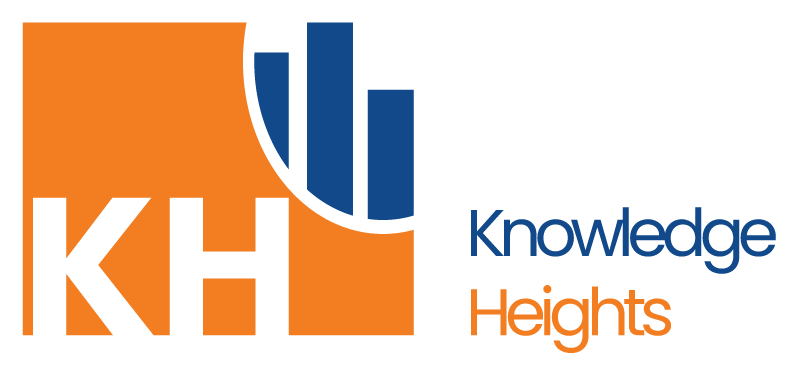Read financial statements and speak the language of business without the drudgery of a traditional accounting course
What you’ll learn
- Explain how three financial statements (balance sheet, income statement, and statement of cash flows) are used, what the three financial statements measure, and why we need three statements.
- Differentiate between income and cash flow
- Explain what is the balance sheet equation and why the balance sheet equation is the foundational model for accrual accounting (also called double entry accounting)
- Define what are assets, liabilities, and equity and how assets, liabilities, and equity relate
- Explain how the statement of cash flows and income statement link into the balance sheet
- Explain how accounts work like buckets
- Locate a real company’s annual report at their website and locate their financial statements within the annual report
- Explain who are the six most important stakeholders of a corporation (employees, customers, government, vendors, lenders, investors)
- Explain what are the give and take of a transaction, how accounting records the give and take for transactions with the six stakeholders, and how each side of a transaction with a stakeholder can be recorded separately from the other
- Explain which side of the give and take appears on the income statement and on the statement of cash flows
- Explain why you can’t measure profit with cash and why you need to use accrual accounting (double-entry accounting), not cash accounting
- Illustrate how accrual accounting can both record cash and profits using a spreadsheet
- Explain the basis for bookkeeping and basic accounting without learning bookkeeping
- Explain what each line item of the balance sheet means and distinguish between current assets, non-current assets, current liabilities, non-current liabilities, and shareholders’ equity
- Explain what each line item of the income statement means, including revenues, expenses, and earnings per share
- Explain each important line item for the three sections of the statement of cash flows means: operating activities, investing activities, and financing activities
- Explain how the format of the operating activities section differs from the other two activities (investing and financing)
- Test your knowledge by completing 28 multiple-choice questions about the 2013 Facebook annual report
- Explain four areas that can go wrong in a business (sales pricing, expense control, asset management, and asset financing)
- Explain how four ratios (return on equity, profit margin, asset turnover, and financial leverage) can detect problems within the four potential problem areas
- Compute return on equity, profit margin, asset turnover, and financial leverage ratios from real company’s financial statements
- Start with the return on equity ratio and drill down into three component ratios (profit margin, asset turnover, and financial leverage) to pinpoint problem areas
- Start with the profit margin ratio and drill down to compute the gross profit percentage and expense percentage from a real company’s financial statements
- Locate management’s explanation for year-to-year changes in profit margin, asset turnover, and financial leverage from the Management’s Discussion and Analysis of Financial Condition and Results of Operations section of a real company’s annual report
- Summarize the key reasons for return on equity variations for a real company from year-to-year
- Explain how four industries (distribution, manufacturing, service, and financial services differ in the way they make money
- Explain how the profit margin, asset turnover, and financial leverage ratios can reveal the key differences in the way that four industries make money
Requirements
- There are no prerequisites for the course. You do not need to know anything about accounting or finance
This course includes:
- 1.5 hours on-demand video
- 30 downloadable resources
- Full lifetime access
- Access on mobile and TV
- Certificate of completion

